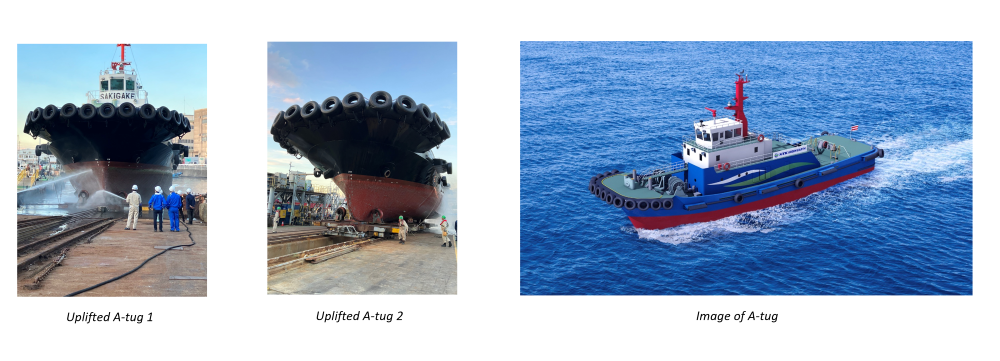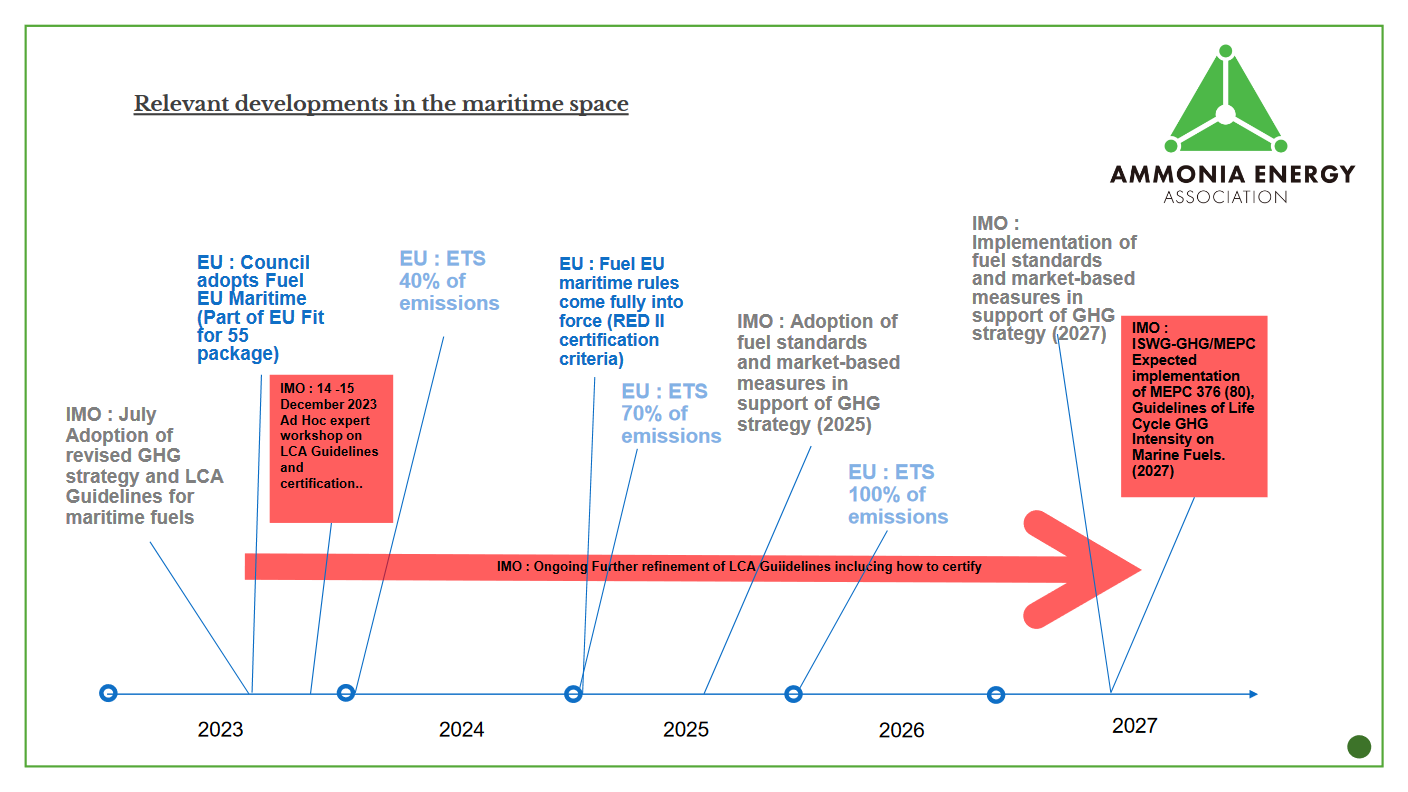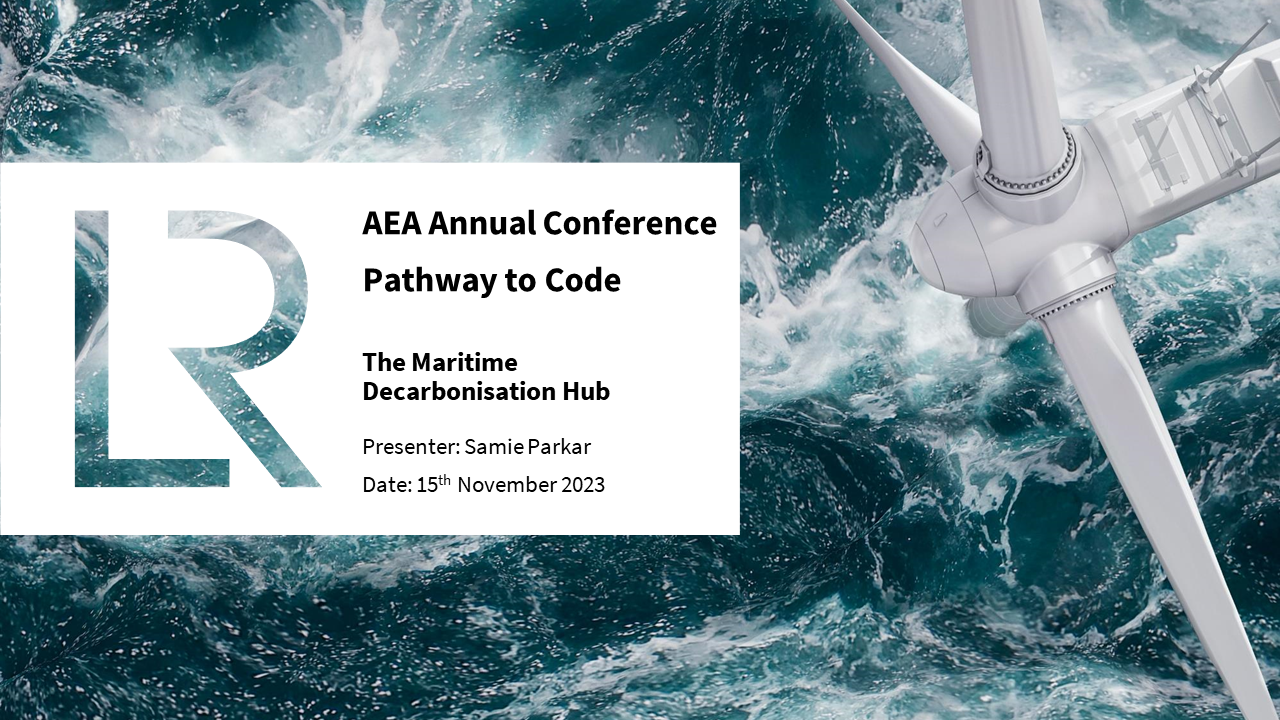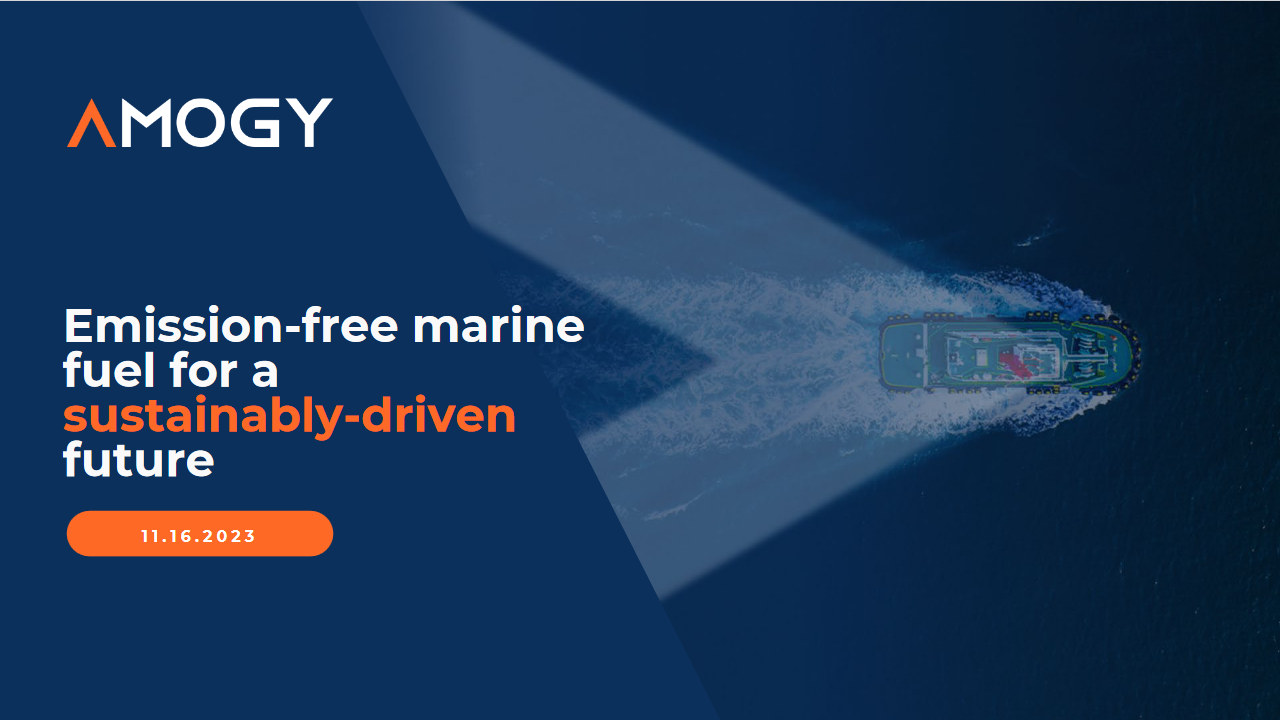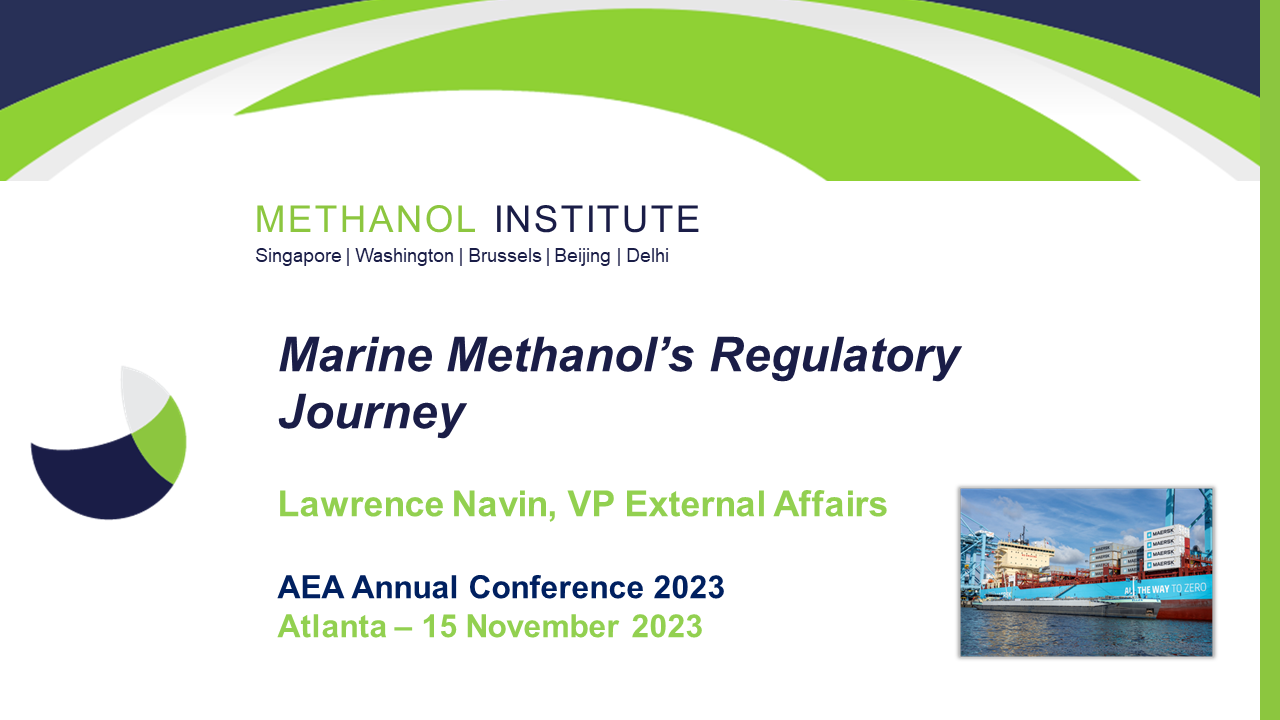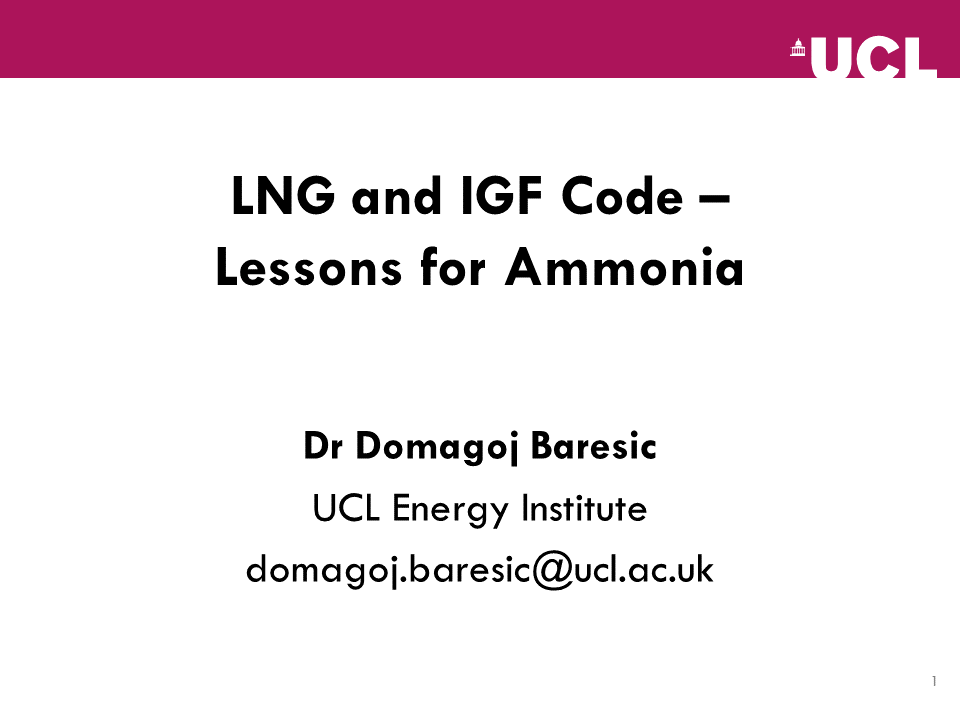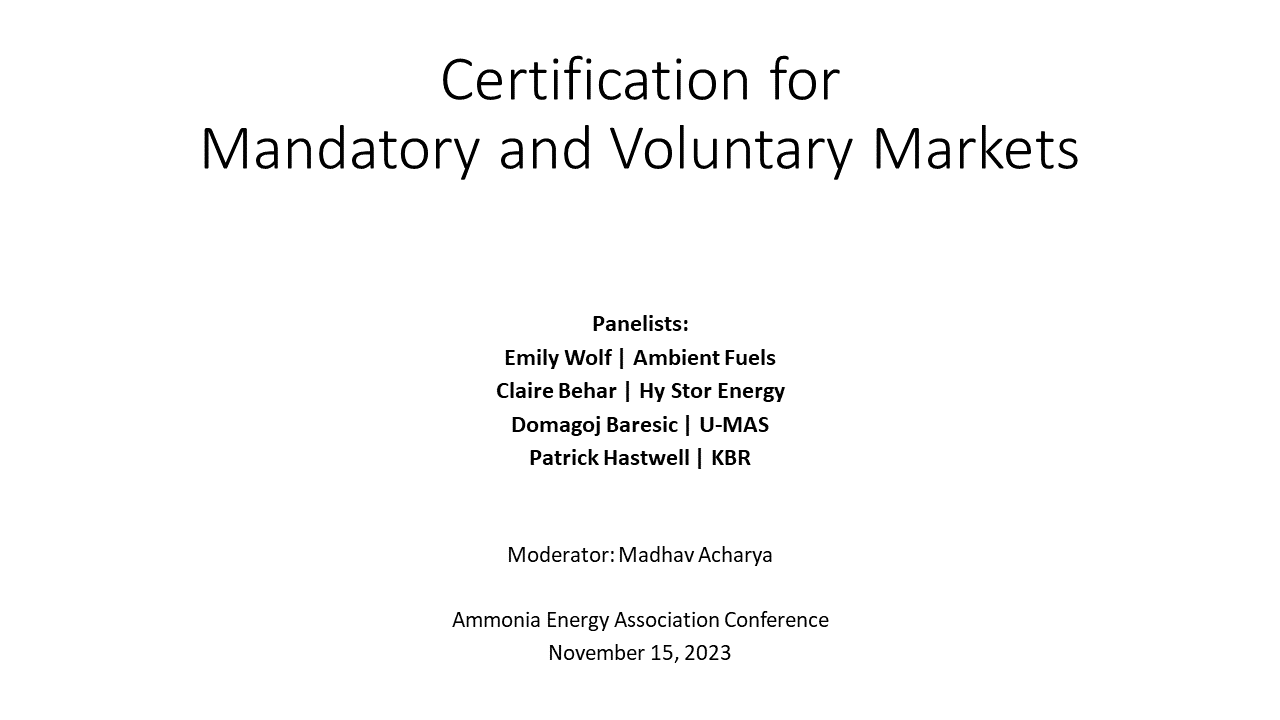NYK Line: progress on tugboat conversion in Yokohama
NYK reports the retrofitting of the LNG-fueled tugboat Sakigake has begun in Yokohama. An ammonia-fueled engine developed by IHI Power Systems, NYK, Japan Engine Corporation and Nihon Shipyard will replace the conventional system on board, with the tug due to hit the water by 2024. NYK & Chilean copper producer CODELCO have also announced they are developing an ammonia-powered Handymax bulk carrier, aiming to develop a fleet to service the cross-Pacific copper trade.
